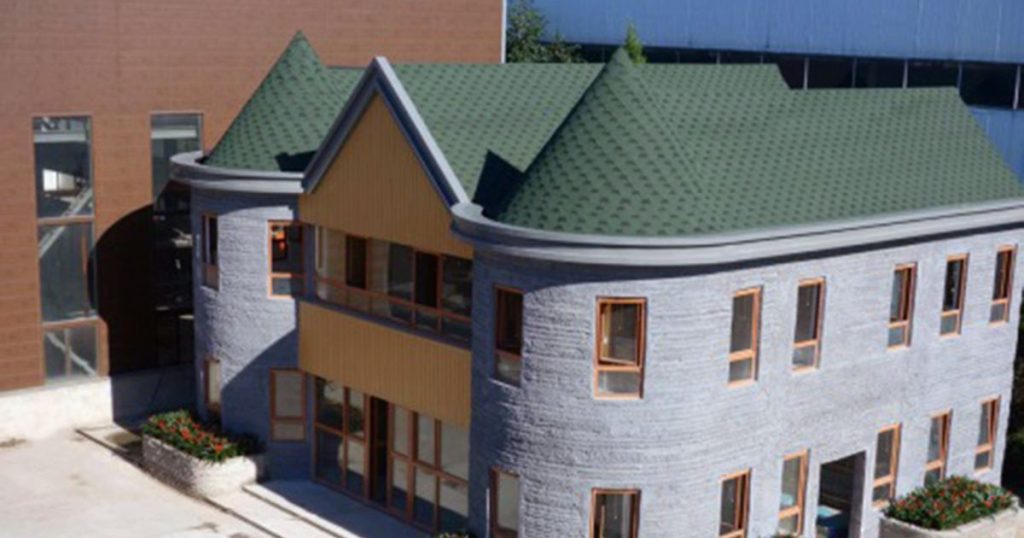3D printing or additive manufacturing has been around for many decades now, ever since its inception in the 1980s. In recent years, however, 3d printing houses have become increasingly popular due to their low cost and environmental sustainability. Through a combination of innovative technologies and materials, 3D printed homes are revolutionizing the way we build our living spaces. Let’s take a look at how it all began and what the future holds for this revolutionary technology.
![]()
History of 3D Printing Houses
The concept of 3d printing houses first came into existence as early as the 1980s with companies like Z Corporation developing some of the earliest prototypes. But it wasn’t until 2015 that the technology really started to gain traction with several organizations experimenting with different materials and designs to create functional dwellings. One such project was Apis Cor’s 2016 demonstration in Russia which produced an entire house in just 24 hours using a mobile printer. This set off a global trend as more companies explored the potential of 3d printed construction.
Technology Behind 3D Printing Houses
At its core, 3d printing houses rely on computer-aided design (CAD) software which is used to model the structure before it is sent to a large-scale printer for fabrication. Depending on the material being used, these printers can produce walls up to 12 inches thick, which is then cured using special ultraviolet lights or chemical hardeners depending on the type of plastic being used. Once completed, these walls are then assembled manually before any finishing touches can be applied, like insulation or fixtures.
Benefits of Using 3D Printers for Construction
Building using traditional methods can be expensive and time-consuming, but thanks to advances in technology such as robotics and artificial intelligence (AI), building homes using 3D printers offers cost savings and faster construction times compared to traditional methods. Not only that but because they require less human labor, there is also less risk of injury during construction, making them a safer option for workers involved in home-building projects. Furthermore, by using recycled materials such as plastic waste from other industries, these structures are also more environmentally friendly than those built using traditional methods!
Challenges facing the industry
Despite the potential benefits, there are still several challenges facing this burgeoning industry, including safety concerns regarding structural integrity and fire resistance due to the different thermal properties of the materials used in the construction process. In addition, scaling up production remains an issue, largely due to the high costs associated with automation, which makes mass production economically inefficient in the current timeframe. However, while these barriers exist, research continues to find solutions that could eventually make this technology more viable for wider applications in residential markets worldwide.

What does the future hold?
Although still relatively new, 3D printed homes show great promise, particularly in terms of providing affordable housing solutions in areas where traditional methods may not be feasible. As development continues, we should expect to see higher quality products made from improved materials, along with faster build times at lower cost points, while taking greater account of environmental sustainability through increased recycling opportunities. Ultimately, the goal would be to create simple, efficient homes quickly without compromising on quality – something that seems achievable given the current advances in the field.





